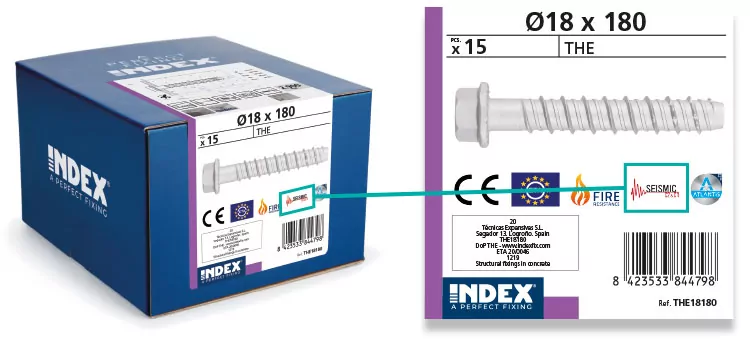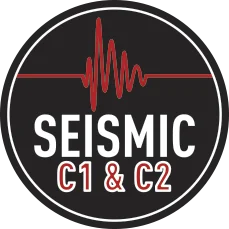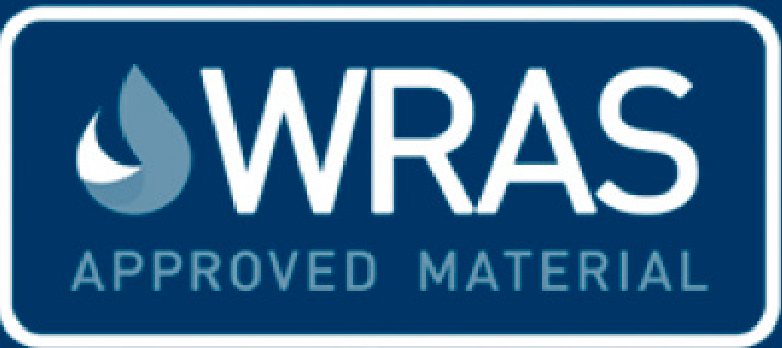Italy, Greece, Turkey, Cyprus and Iceland are the countries with the greatest seismic risk in Europe, according to the Swiss Seismological Service, as they are areas with high tectonic activity. This activity could increase by 10% in the next 50 years.
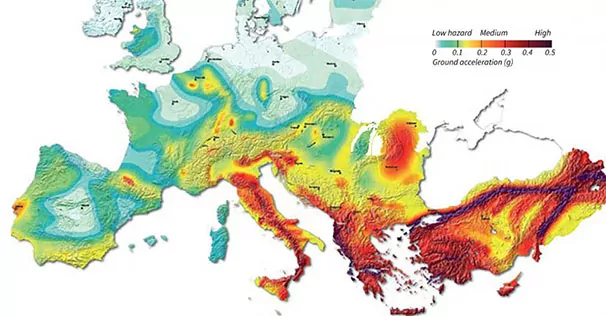
Anchors and fixings play a fundamental role in structural and non-structural installations, and even more so when seismic movement occurs. That is why, since 2013 the use of anchors and fixings has been subjected to a regularisation and standardisation through Eurocode 2, part 4, annex C (EN 1992-4 standard), and thus to a testing process that includes all the technical data required for designing structures with seismic stress.
Suitability for seismic loads is classified into:
- Seismic category C1 – (Less stringent) Qualification procedure suitable for non-structural applications in accordance with the recommendations of Eurocode 2, part 4.
- Seismic category C2 – (More stringent) Qualification procedure for more demanding structural and non-structural applications via critical tests with pulsating loads on dynamic cracks.
Whether or not these are mandatory depends on the regulations of each country.
In Spain, it is currently mandatory to use approved products with anchor seismic categories C1 and C2 in established areas as per the following seismic danger map for residential areas and all ground types (In the light orange zone, the seismic category to be used depends on the ground type).

What are structural and non-structural applications?
Non-structural systems are those whose failure does not put at risk the general stability of the construction works, for instance: electrical installations, piping and ventilation and heating systems.
The characteristic of being “redundant” refers to applications with multiple fixings where in the event that one of them fails or is excessively displaced, the load will be distributed to neighbouring fixings without significantly violating the resistance and service requirements of the system.
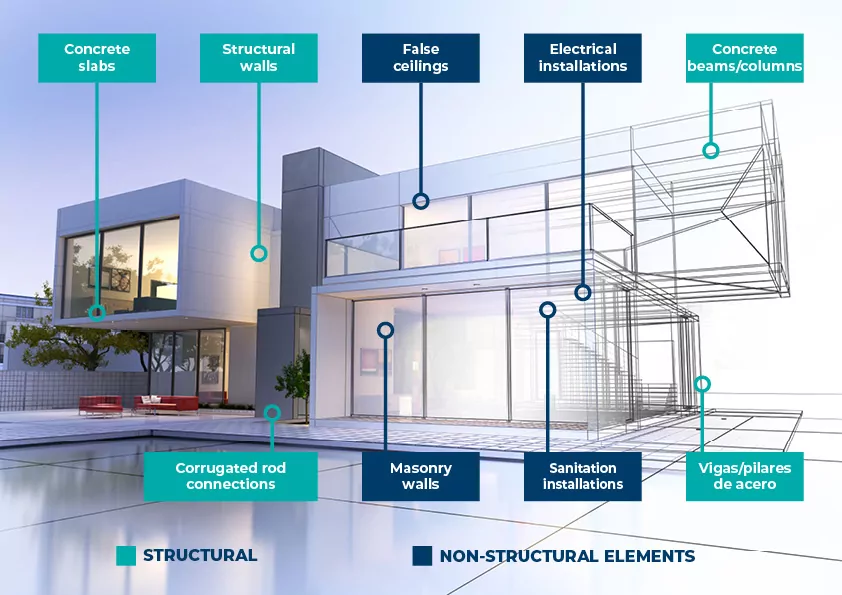
How do I know if I should use a Seismic approved product?
First of all, it is necessary to verify with the official bodies of the country where the installation will be carried out if there are any requirements in relation to the class of the building or type of application. The following table shows a choice of seismic performance according to the degree of seismic action and the Class of importance of buildings according to EN 1998-1: 2011, 4.2.5.
| Seismic levelª | Level of importance as per: EN 1998-1, 4.2.5 | |||
|---|---|---|---|---|
| Class ag Sº | I | II | III | IV |
| Very lowb ag S ≥ 0,05 g | No additional requirement | |||
| Lowb 0,05 g < ag S ≥ 0,10 g | C1 | C1d or C2o | C2 | |
| > Low tog S ≥ 0,10 g | C1 | C2 | ||
a. Values that define seismic levels as per the EN 1988-1 standard
b. Definition as per the EN 1998-1 standard: 2004, 3.2.1.
c. GA ground acceleration, type A (EN 1998-1: 2004, 3.2.1.)
d. Ground factor (see, for example EN 1998-1: 2004, 3.2.2.)Definition as per the EN 1998-1 standard: 2004, 3.2.1.
e. C1 for Type “B” connections (see TR045 5.1) for fixing non-structural elements in structures.
f. C2 for Type “A” connections (see TR045 5.1) for fixing structural elements in structures.
| Area | SEISMICITY | Building importance level category | |||
|---|---|---|---|---|---|
| I | II | III | IV | ||
| 1 | Very weak | No seismic requirements | |||
| 2 | Weak | C1 non-structural C2 structural | |||
| 3 | Moderate | C2 | |||
| 4 | Medium | ||||
| 5 | Strong | ||||
I. Buildings with less importance for public safety, such as: agricultural buildings, etc. Example: sheds, tool sheds.
II. Buildings whose seismic resistance is of medium importance given the consequences of their collapse. Example: residential or commercial buildings.
III. Buildings whose seismic resistance is important given the consequences of their collapse, such as: schools, function rooms, cultural institutions, etc.
IV. Buildings whose integrity during an earthquake is of vital importance for protecting civilians. Example: hospitals, fire stations, energy plants, etc.
Process of obtaining Seismic approval
The process is similar to that of obtaining an ETA. A prerequisite is that the anchor must first be approved for cracked concrete (options 1 to 6 of the EAD).
Which tests are done during the approval process
The specific tests for seismic performance depend on the category of C1 or C2, and are established in the corresponding EAD. They include tests with large cracks and cyclical loads.
Which tests are done during the approval process
The seismic performance of an anchor is indicated in the corresponding ETA. In the case of INDEX®, in addition to the corresponding ETA seal, we include a Seismic seal which identifies the seismic approval category (C1, C2 or C1 and C2).
